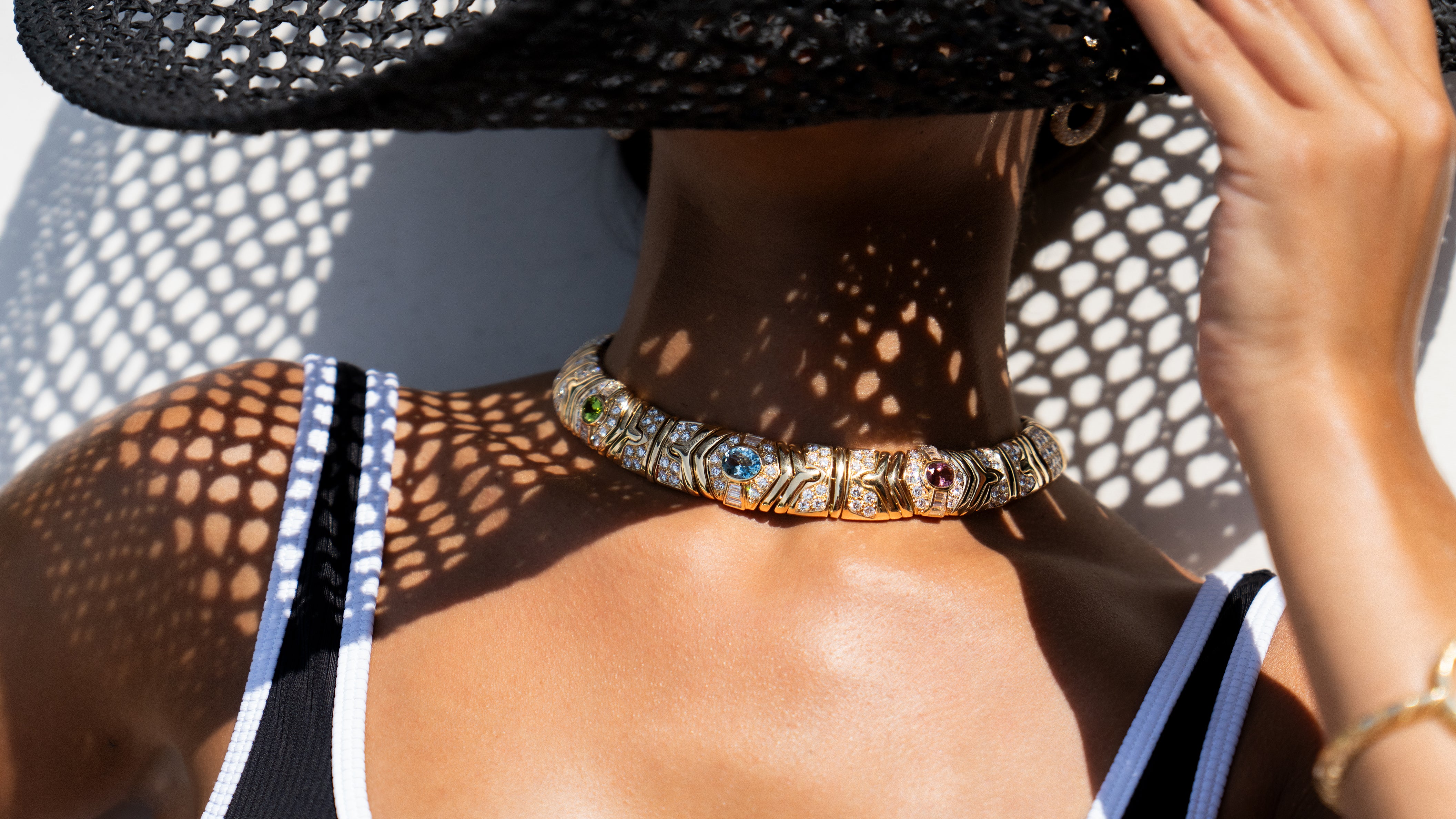Oscar Massin
One of the least-known Parisian jewelers produced some of the most significant work of his time for the royal houses of Europe.
Belgian Beginnings
Liége in Belgium was the birthplace of Oscar Massin, who made his appearance in the world in 1829.
A simple horse-shaped tie pin owned by a friend was the source of Oscar’s initial interest in the jewelry trade. In 1843, at the tender age of twelve, Massin was apprenticed to the jeweler Charles Reintjens, a specialist in gem-set jewels. He spent nine years under the tutelage of Reintjens, where he learned many essential skills, including designing, setting, and polishing.
On to Paris
In 1851, Massin moved to Paris to find work in the heart of haute joaillerie manufacturing. Théodore Fester took him on as a bench jeweler. To supplement his income, Massin drew his own jewelry designs, which he sold to other firms. Three years later, he became chef d’atelier for Rouvenat. In 1855, he was coaxed into joining Viette, a firm of manufacturing jewelers. For the opening ceremony of the 1855 Paris Exposition Universelle, Vivette assigned Massin the task of creating a tiara for Empress Eugénie. Alas, Napoleon didn’t favor the innovative design, and it was dismantled to produce a classic Greek diadem.
Massin’s next stop was in London, working for the next year and a half with the jeweler Boeck. After that, it was back to Paris, where his career really began to take off. He was employed by Tottis and became a partner in the firm in 1861.
Massin made the move to his own workshop in 1863, located on the Rue des Moulins. He was swiftly commissioned by jewelry establishments of all sizes to create naturalistic pieces for them. Part of Massin’s unique talent lay in his ability to be both draftsman and craftsman, a skill that gave him a comprehensive understanding of the art behind a piece and the work required to bring it to life.
1867 Paris Exposition Universelle
International recognition came to Massin at the 1867 Paris Exposition Universelle. While he created multiple pieces at the behest of various retail jewelers, Massin also exhibited jewels he created under his own name, the first time he had done so. His signature piece was a breathtaking head ornament featuring a diamond, ruby and emerald bandeau with diamond-set feather curving over to one side. It was decorated with gem-set chains that were pinned into the hair and two more, which draped under the chin.
The business was brisk, and Massin found it necessary in 1869 to expand into premises on the Avenue de l’Opéra. For the next twenty years, he designed and created a variety of jewelry, both for other jewelers and under his own name for his personal clientele.
At the 1878 Exposition in Paris, Massin received both a Grand Prix and the Légion d’Honneur for his efforts. Arguably the most exceptional pieces included in the exhibit were a three-dimensional rose awash in pavé-set diamonds, a stunning diamond set belt, and a tiara decorated with diamond briolettes.
Royal Commissions
In 1864, Massin produced a stunning parure for the Royal Court of Spain, commissioned through the firm of Lemonnier. The exquisite design and detailed craftsmanship were highly praised by one and all.
King William III of the Netherlands commissioned Massin in 1879 to create a medallion set with a rare portrait diamond that had been engraved with a profile of the King’s head. The king presented the piece to his bride, Princess Emma, who pinned it to her wedding dress for the ceremony.
A decade later, another famous commission came to Massin, this time from the First Duke of Fife. In 1889, he asked Massin to create a diamond tiara, now known as the Fife Tiara, for his bride, Princess Louise (granddaughter of Queen Victoria).
Massin retired in 1892, passing away three years later.
Innovator and Leader in Design
Weary of the poorly conceived flower motifs prevalent in jewelry designs of the period, Massin chose instead to create nature-inspired designs that had a soft and realistic feel. Time spent studying the intricate forms of flowers paid off, as Massin was able to depict them beautifully in his creations. His 1863 Wild Rose spray was so popular, it was repeated for the next 20 years.
Imitation lace in diamonds was a specialty of Oscar Massin. The lacework was delicate and supple; flowers, nearly transparent, were created by combining diamonds and filigree work infused with a touch of whimsy. The result was captivating. Sadly, original pieces employing this technique are quite rare.
Oscar Massin is credited with creating the first illusion setting, or “Illusory Setting,” designed to emphasize the visible size of the diamond by minimizing the amount of metal around it.
Massin’s work inspired other designers to abandon traditional motifs, and helped pave the way for the Art Nouveau styles that came into fashion in the late 1800s.
